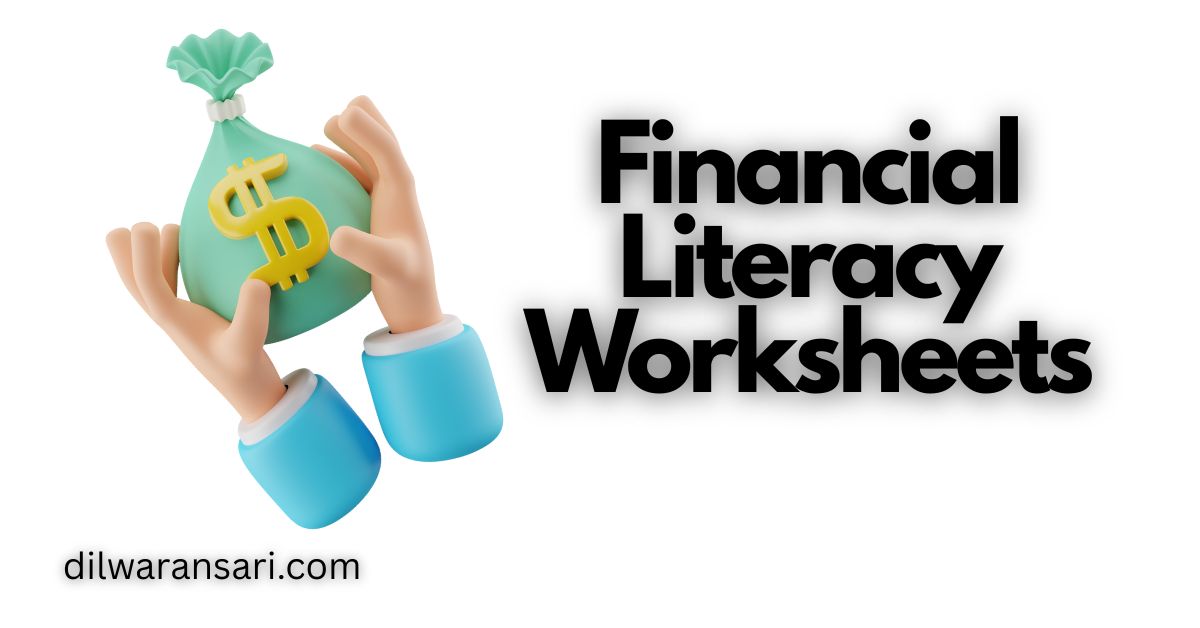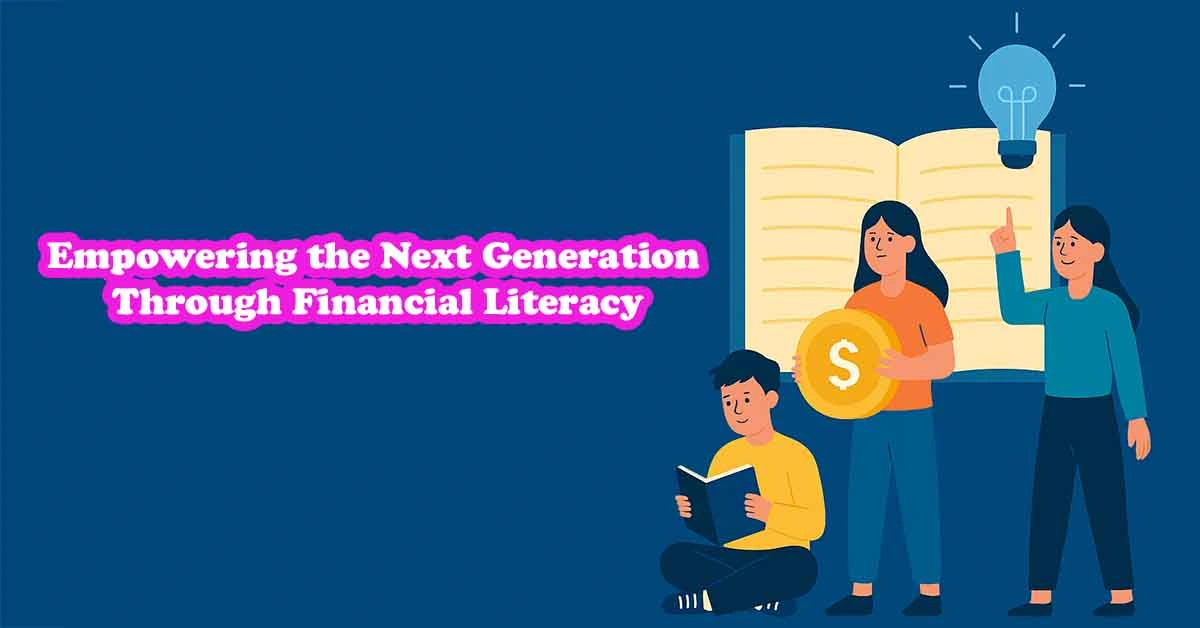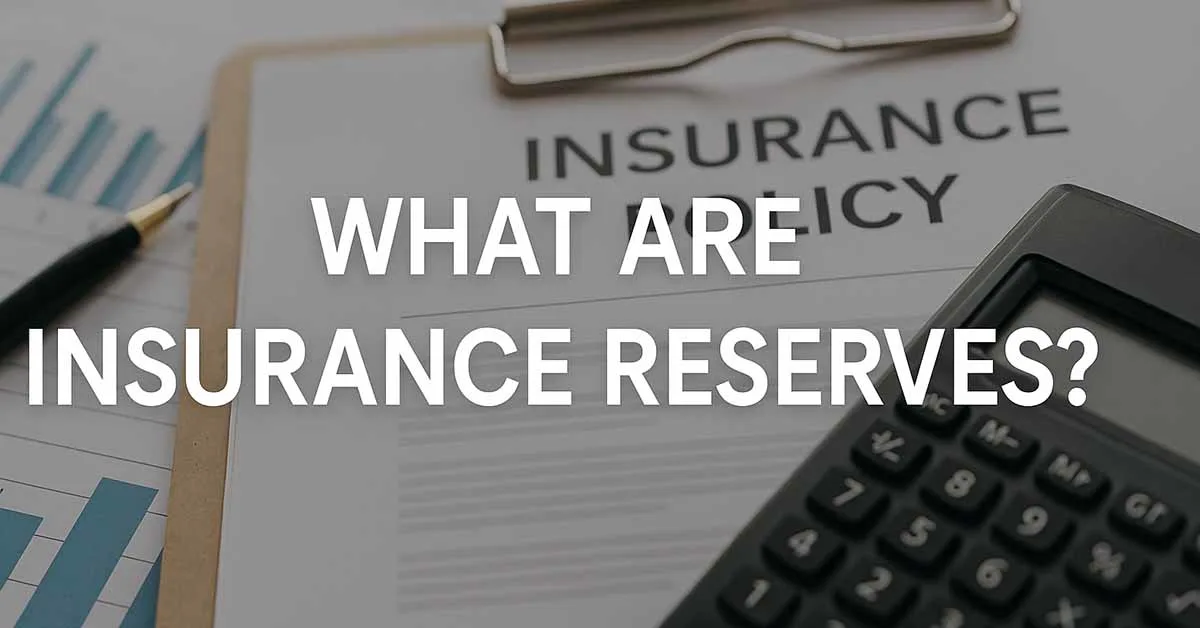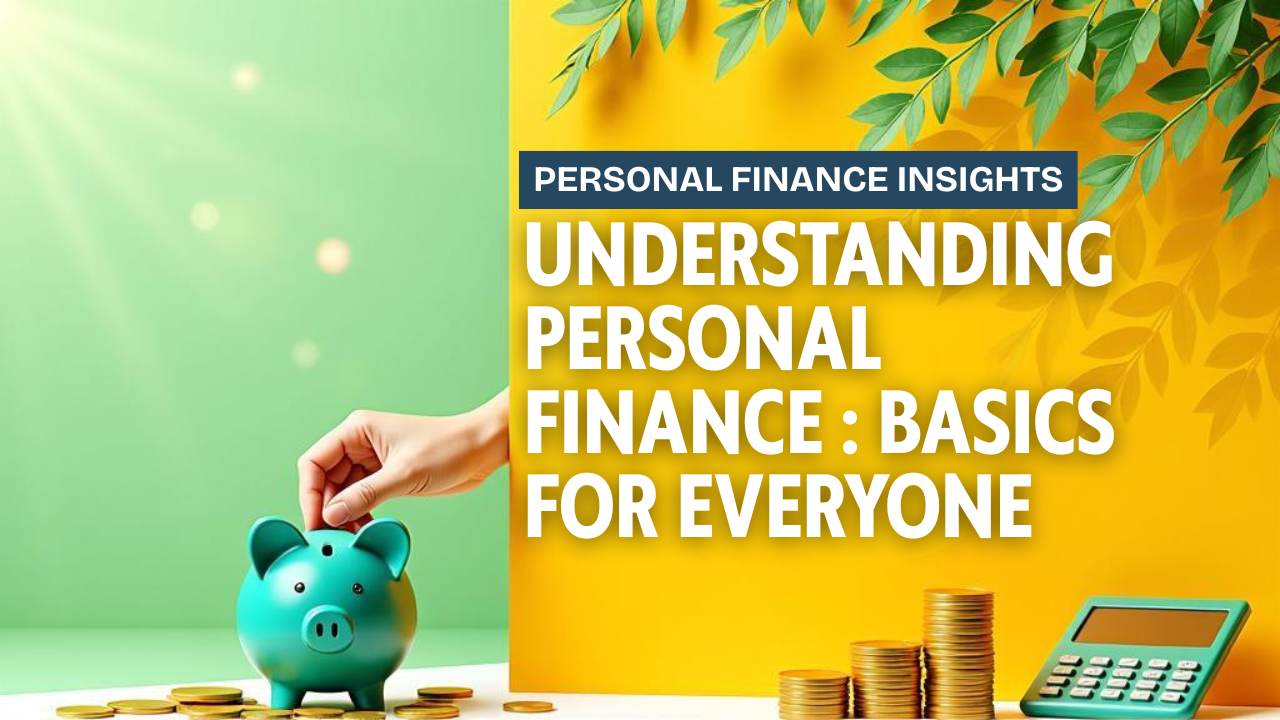Financial literacy worksheets provide the perfect way to teach economic concepts to both children and adults alike.
Paper activities go beyond simple paper activities; they are powerful tools for developing real-life money skills. In this article, you’ll gain an understanding of their function, who uses them, and why their importance should not be disregarded.
What Are Financial Literacy Worksheets?
Financial literacy worksheets are educational tools used to introduce core money concepts such as budgeting, saving, credit, and investing. Topics typically addressed include budgeting, saving, and credit management, as well as investing.
Each worksheet comes equipped with exercises designed to teach learners how to manage their finances effectively, whether printed out or digital.
These simulations offer an effective hands-on way of learning budgeting; rather than reading about it, you experience it first-hand.
Why Are They Important?
Money touches virtually all aspects of our lives, yet many individuals grow up without learning how to manage it effectively; unfortunately, many schools neglect teaching personal finance classes.
People often struggle with debt, insufficient savings habits, and overspending – problems which financial literacy worksheets can address effectively.
Money management guides offer an accessible approach to complex topics. In addition to building financial trust among a broader range of people, anyone, regardless of age or background, can use one.
Who Should Utilize Worksheets?
- Students – High schoolers and college students can particularly benefit from worksheets that teach early money habits.
- Teachers – These worksheets are ideal for classroom settings and align well with financial education curricula.
- Parents, are you trying to teach your children about money at home? Worksheets make the experience enjoyable and accessible.
- Adults: It’s never too late to learn. Financial literacy worksheets make an excellent tool for self-study or workshops.
Common Topics Covered
1. Budgeting
- Understand income and expenses.
- Track spending.
- Create a monthly budget.
2. Saving
- Learn how to build an emergency fund.
- Understand interest.
- Set savings goals.
3. Credit
- Learn how credit works.
- Understand credit scores.
- Use credit cards wisely.
4. Debt
- Understand good vs bad debt.
- Learn how to repay loans.
- Avoid common debt traps.
5. Banking
- Learn to read account statements.
- Use checking and savings accounts.
- Understand bank fees.
6. Investing
- Introduction to stocks and bonds.
- Learn about risk and return.
- Understand basic investment terms.
7. Taxes
- Learn about income tax.
- Read a pay stub.
- Understand deductions and withholdings.
8. Financial Goals
- Short-term vs long-term goals.
- Setting realistic targets.
- Track progress over time.
Benefits of Financial Literacy Worksheets
- Interactive Learning – You do, not just read.
- Visuals – Many worksheets include charts and graphs.
- Exercise simulation – Exercises simulate real-life scenarios.
- Flexible – Utilize them at school, home, or in the workplace.
- Affordable – There are numerous free or low-cost resources.
- Confidence Building – They help develop their money knowledge step by step.
Examples of Worksheet Activities
- An expense tracker enables you to monitor your monthly spending. Keep a log of what expenses come out of your wallet every day!
- Budget Creator – Make plans for income and spending over one month using this tool.
- Needs and Wants – Differentiate between essential and optional purchases.
- Compare Credit Cards – Compare interest rates and fees before choosing the right credit card for you.
- Savings Goal Tracker – Make progress toward reaching your savings goal more straightforwardly.
- Investment Fundamentals – Learn to select investments according to risk profiles.
- Tax Breakdown – Decipher and explain a sample pay stub.
- Shop Smart – Compare discounts and identify the most cost-effective options before making your purchasing decisions.
Why Short Exercises Work
Many people shirk away from discussing finances because it feels too complex or overwhelming. Worksheets help break this information into manageable chunks that make learning manageable.
Short exercises help build skills gradually. No need to learn everything at once; focus on one Topic at a time.
This can reduce stress while making financial learning a lifestyle choice, rather than an obligation.
Digital vs Printable Worksheets
Both forms of worksheets can be beneficial. Digital ones allow for online completion, while many printable ones contain auto-calculators to assist.
Printable worksheets offer considerable versatility. You can use them offline – ideal for classroom settings or coaching services.
Choose the format that works best for your learning style. Some people enjoy writing by hand while others prefer typing.
How to Use Financial Literacy Worksheets
- Start with the Basics – Begin with budgeting or spending.
- Go One Topic at a Time – Don’t rush. Build a strong foundation.
- Make it a Weekly Habit – Spend 15–30 minutes each week.
- Reflect on Your Answers – Think about your financial habits.
- Track Your Progress – Revisit older worksheets to see growth.
Create Your Financial Routine With Worksheets
Here’s an Easy Four-Week Plan (Source):
- Week 1: Monitor spending every day.
- Week 2: Develop Your Budget.
- Week 3: Create two short-term and two long-term goals.
- Week 4: Expand your understanding of credit and compare two credit cards.
This mini-course approach keeps your learning on track, making the experience more efficient.
Classroom Use: How Teachers Benefit
Teachers can leverage financial literacy worksheets as part of an engaging lesson plan for their students, who benefit significantly from hands-on learning experiences. Furthermore, these materials align with national standards.
Many organizations provide free downloads that teachers can assign as homework or class activities; some even come complete with answer keys and lesson guides!
An easy way to incorporate personal finance into education.
Financial Literacy for Kids
Yes, even kids can use financial literacy worksheets! Kid-friendly worksheets focus on these key areas:
- Counting Money
- Earning Allowance
- Saving in Jars
- Understanding Needs and Wants
Colorful visuals and games make learning about money fun for kids, while parents appreciate how easy these tools are to use at home.
Workshops and Adult Learning
Many adult workshops use financial literacy worksheets as the cornerstone. From job centers to community colleges, these are an invaluable resource.
Adults find these sessions helpful because they provide information and are easy and nonjudgmental.
Learning with them feels manageable, even if money has been an issue in the past.
Why You Should Start Today
Your money stress can have a profound impact on health, relationships, and life goals. Learning how to manage money effectively gives you peace of mind.
Financial literacy worksheets provide an easy first step. No need for an advanced degree or expensive tools; print one and get started today!
“The earlier you learn, the sooner your progress will pay off.”
Where to Find Free Worksheets
There are countless resources online where you can locate free worksheets. Some of the more dependable ones include:
- MyMoney.gov – U.S. Government Resource
- Practical Money Skills from Visa
- Next Gen Personal Finance for Students and Teachers
- Jump$tart Coalition provides financial education tools
Many of these sites offer PDFs, games, and lesson plans as a starting point. They’re great resources!
Download Your Financial Literacy Worksheets PDF
To assist in getting you started on the path towards financial literacy, I have prepared a free Financial Literacy Worksheets PDF.
Budget Worksheet, Savings Tracker, and Needs/Wants Exercise are included as well as Credit Card Comparison Chart and an Expense Log, making this an enjoyable math activity to complete during shopping trips.
Please click below to download:
Conclusion
Financial literacy doesn’t need to be tedious or complicated. With the appropriate tools, anyone can learn. Financial literacy worksheets provide simple yet flexible and effective learning solutions.
These worksheets help develop the financial skills that enable confident money management for everyone – teachers, parents, students, and adult learners alike can all benefit.
Start small. Take action today – your financial future will thank you for it.















Foundations in Personal Finance: A Simple Guide
[…] Financial Literacy Worksheets: A Simple Tool for Smart Money Habits […]